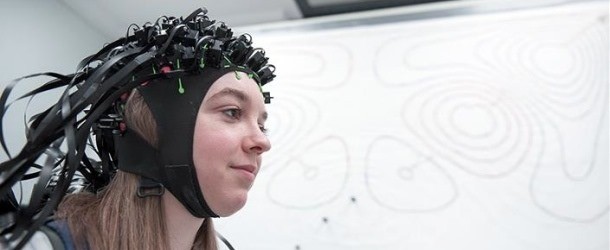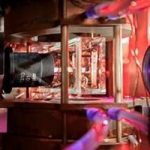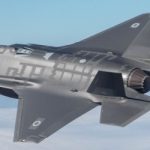A quantum of sensing will underlie sensor revolutions in medicine, tech, and engineering

(SpectrumIEEE) Science reporter Charles Q. Choi discusses an emerging generation of quantum sensors lead to new levels of sensitivity, new kinds of applications, and new opportunities to advance a range of fields, technologies, and scientific pursuits in the article below. IQT-News summarizes.
Choi lists what he calls “. . .just a small sampling of the many kinds and varieties of quantum sensors being developed and deployed today”.
BRAIN SCANS: Electric currents within the brain generate magnetic fields that sensors can analyze to noninvasively scan brain activity. Now quantum sensors are enabling a wearable helmet to perform such magnetoencephalography (MEG) scans with unprecedented performance and cost. The small, lightweight nature of the sensors also means they can get mounted in a wearable helmet to let people move freely during scanning, instead of having them remain still for very long periods as is currently the case. In addition, it can adapt to different head shapes and sizes, making it possible to scan not just adults but also children and babies.
GRAVITY MAPPING: A new quantum sensor that maps the strength of Earth’s gravitational field can help reveal features hidden underground. Potential applications for the sensor include seeing hidden underground structures, detecting subterranean natural resources, discovering underground archaeological sites, and monitoring volcanic activity and groundwater flows.
Related: IQT Research Report Pegs Revenues from Quantum Sensors at almost US $800 Million by 2028
DETECTING COVID: Another promising quantum sensor could lead to faster, cheaper, and more accurate tests for the SARS-CoV-2 virus behind the global pandemic. It relies on microscopic artificial diamonds with defects within them, in which a carbon atom is replaced with a nitrogen atom and the adjacent carbon atom is missing. This defect in the crystals behaves like a tiny magnet whose alignment is very sensitive to magnetic fields, helping such “nitrogen-vacancy centers” serve as sensors.
PROBING CELLS AND MOLECULES: Quantum diamond sensors can also find use in thermometers inside cells. Nitrogen-vacancy centers in diamonds are very sensitive to small temperature fluctuations.
QUANTUM ACCELEROMETER: The world now relies heavily on global navigation satellite systems such as GPS, but the satellite links that help enable such positioning, navigation, and timing do not work underground or underwater and are vulnerable to jamming, spoofing, and weather. Now a quantum sensor from Imperial College London and the Glasgow-based company M Squared can help ships navigate even when GPS is denied.
QUANTUM SOFTWARE: Where most quantum-sensor companies focus on the hardware, Sydney-based startup Q-CTRL focuses on software to enhance quantum technology. “When you take quantum sensors out of pristine lab environments out into the field, you often see a huge degrading in performance due to noise in the platforms,” says Michael Biercuk, CEO and founder of Q-CTRL. “Our focus is recapturing this performance with our quantum control software.”
DARK MATTER, GIANT TELESCOPES: Quantum sensors may help probe matters far beyond Earth.
UNTOLD LIMITS: Recently scientists in Austria developed the first programmable quantum sensor, a device capable of an unprecedented level of sensitivity operating near the fundamental limits imposed by the laws of quantum mechanics.
<https://spectrum.ieee.org/quantum-sensors>
Sandra K. Helsel, Ph.D. has been researching and reporting on frontier technologies since 1990. She has her Ph.D. from the University of Arizona.



















